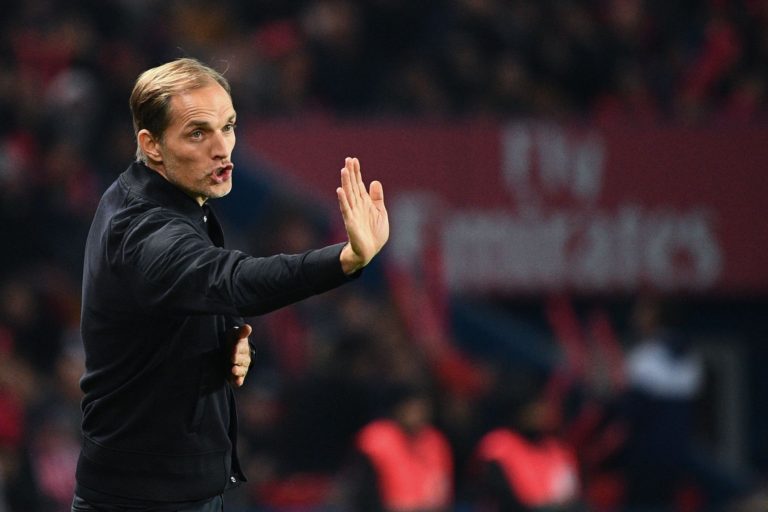
The Tactical Evolution of Ligue 1: How Clubs are Adapting to Modern Football
Ligue 1, France's top football division, has emerged as a breeding ground for tactical innovation, with clubs adopting a variety of modern strategies to stay competitive on both domestic and European stages. The league, often overshadowed by the financial muscle and star power of the Premier League or the tactical depth of Serie A, has embarked on a journey to redefine its footballing identity through diverse tactical evolutions.
In recent seasons, Ligue 1 has seen an infusion of tactical diversity that has not only made the league more competitive but also more entertaining for football aficionados. As clubs aim to enhance their domestic performances and boost their European credentials, they have embraced a wide array of tactical philosophies. From high-pressing systems that disrupt opponent build-ups to fluid attacking formations that create a dynamic offense, these innovations are reshaping the league's landscape.
PSG: The Pinnacle of Attacking Prowess
Paris Saint-Germain (PSG), under its Qatari ownership, has become synonymous with attacking brilliance. The club's tactical setup revolves around maximizing the offensive capabilities of its marquee players, such as Kylian Mbappé and Lionel Messi. PSG's approach often includes a high line and a focus on quick transitions, a strategy that has seen them maintain a dominant position in Ligue 1.
According to Ligue 1's official site, PSG is currently leading the league with a substantial 16-point gap. This dominance is largely attributable to their ability to control games through possession and create high-quality scoring opportunities, as evidenced by their high number of goals per match, averaging 3.2 this season.

Lille's Defensive Resilience
On the other end of the spectrum is Lille OSC, a club that has embraced a more disciplined defensive strategy. Lille's approach under manager Paulo Fonseca focuses on solidifying their defensive lines, utilizing a 4-4-2 formation that emphasizes compactness and counter-attacks. This tactical setup has been instrumental in their ability to challenge for European spots, as they often neutralize opponents' attacking threats before launching swift counter-attacks.
Recent tactical analyses from Get Football News France have highlighted Lille's effectiveness in maintaining a low block and exploiting the spaces left by more adventurous teams. Their disciplined defensive play, combined with quick offensive transitions, makes them a formidable opponent for any team in Ligue 1.
The Emergence of Tactical Flexibility
Beyond the traditional powerhouses, several clubs in Ligue 1 are cultivating their own tactical identities. Clubs like AS Monaco and Olympique Lyonnais have been noted for their tactical flexibility. Monaco, for instance, often switches between a possession-based game and a more direct style, depending on the situation. This adaptability is a testament to the league's evolution, where tactics are no longer static but dynamic, responding to the nuances of each game.
Lyon, under manager Laurent Blanc, has focused on integrating young talent into their tactical schemes, emphasizing the development of homegrown players. This strategy not only enhances their tactical depth but also ensures sustainability in an increasingly competitive market.
Tactical Innovations in European Competitions
The tactical evolution in Ligue 1 is not just confined to domestic competitions. French clubs are increasingly making their mark in European tournaments. PSG's recent progression to the Champions League quarter-finals and Lille's consistent showings in the UEFA Europa League underscore the impact of their tactical advancements. A report from Soccerway noted PSG's thrilling penalty shootout victory over Liverpool, highlighting the tactical acumen of manager Luis Enrique in navigating high-pressure scenarios.
Challenges and Future Prospects
Despite these advancements, Ligue 1 clubs face challenges such as financial disparities and the need for further tactical refinement to compete consistently at the highest European levels. The league's ongoing efforts to nurture young talent and invest in tactical development are crucial steps towards achieving greater international success.
As Ligue 1 continues to evolve, it stands as a testament to the transformative power of tactical innovation in modern football. The league's commitment to embracing diverse tactical approaches not only enhances the competitiveness of its clubs but also enriches the overall spectator experience, solidifying Ligue 1's reputation as a breeding ground for emerging football philosophies.
Conclusion
The tactical evolution of Ligue 1 reflects a broader trend in modern football, where adaptability and innovation are paramount. As clubs continue to refine their strategies, Ligue 1 is poised to enhance its stature on the global stage, offering a compelling mix of strategic depth and exhilarating football for fans worldwide.
For fans and analysts alike, the ongoing tactical shifts in Ligue 1 provide a fascinating narrative—a story of evolution, resilience, and the relentless pursuit of excellence in the beautiful game.